What’s the Buzz
The Bee Healthy Blog
How to Treat a UTI
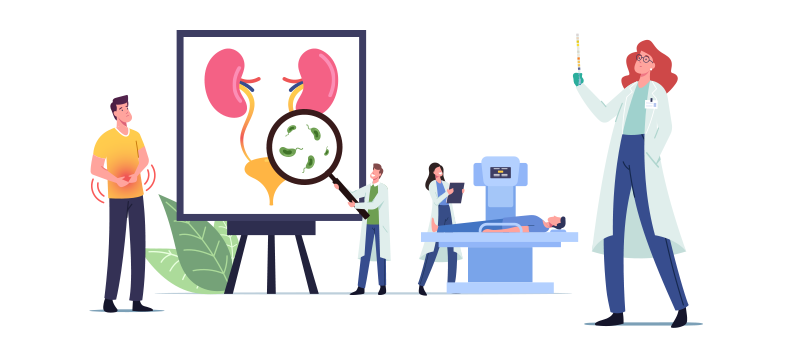
Urinary tract infections (UTIs) are the second most common type of infection to occur in the human body and account for 8 million doctor visits yearly[1]. They occur more often in women but can affect men, too. Urinary tract infections can be painful, but with proper treatment, you can cure an infection and prevent reoccurring ones.
What is a UTI?
Urinary tract infections occur when bacteria enters the urinary tract, causing inflammation and infection. They can affect one or more areas within the urinary tract, including the urethra, bladder, ureters, or kidneys. More than 90% of bladder infection (cystitis) cases are caused by E. coli, a bacterium normally found in the intestines[2].
Women are 30 times more prone to experiencing UTIs than men. As many as 4 in 10 women who get a UTI will get at least more than one within six months[1]. This is due to a woman's urethra (the tube from the bladder to where the urine comes out of the body) being shorter than a man's, making it easier for bacteria to get into the bladder.
Signs and Symptoms
A urinary tract infection causes the lining of the urinary tract to become red and irritated (inflammation), and can cause symptoms such as:
- Pain in the side, abdomen, or pelvic area
- Pressure in the lower pelvis
- Frequent and urgent need to urinate
- Urine leakage
- Painful urination
- Blood in the urine
- Cloudy and foul-smelling urine
Other symptoms that may be associated with a urinary tract infection include:
- Pain during sex
- Lower back pain
- Fatigue
- Fever and chills
- Vomiting
- Mental changes or confusion
How are Urinary Tract Infections (UTIs) Diagnosed?
If you think you’re experiencing a UTI, your doctor may use the following tests to diagnose a urinary tract infection[2]:
- Urinalysis: This test will examine the urine for red blood cells, white blood cells, and bacteria. The number of white blood cells (and possibly red blood cells) found in your urine can actually indicate an infection.
- Urine culture: A urine culture is used to determine the type of bacteria in your urine. This is an important test because it helps determine the appropriate treatment.
If your UTI symptoms do not respond to treatment or if you keep getting recurrent urinary tract infections, your doctor may use the following tests to examine your urinary tract for disease:
- Ultrasound: Sound waves create an image of the internal organs. This test is done on top of your skin, it’s painless and doesn’t typically need any preparation.
- Cystoscopy: This test uses a special instrument fitted with a lens and a light source (cystoscope) to see inside the bladder from the urethra.
- CT scan: Another imaging test, a CT scan is a type of X-ray that takes cross sections of the body and is much more precise than typical X-rays.
Urinary Tract Infection Treatment
Antibiotics usually are the first method in treating urinary tract infections. If you have a UTI, your doctor might prescribe any of the following antibiotics:
- Trimethoprim/sulfamethoxazole (Bactrim®, Septra®)
- Fosfomycin (Monurol®)
- Nitrofurantoin (Macrodantin®, Macrobid®)
- Cephalexin (Keflex®)
- Ceftriaxone
Often, UTI symptoms clear up within a few days of starting treatment. Depending on the case, you may need to continue antibiotics for a week or more.
In some cases, such as a complicated UTI or kidney infection, your doctor might prescribe a fluoroquinolone (antibiotic medicine) if there are no other treatment options. According to Mayo Clinic, fluoroquinolones such as ciprofloxacin (Cipro), levofloxacin and others aren't commonly recommended for simple UTIs, because the risks of these medicines generally outweigh the benefits for treating uncomplicated UTIs. Your doctor may also prescribe a pain medication (analgesic) such as ibuprofen (Advil®, Nuprin®, Motrin®), naproxen (Aleve®, Naprosyn®), or prescription Cox-2 inhibitors (Celebrex®). These can numb your bladder and urethra to relieve burning while urinating, but pain usually is relieved soon after starting an antibiotic.
Frequent Infections
If you have frequent UTIs, your doctor may make certain treatment recommendations, such as:
- Low-dose antibiotics, initially for six months but sometimes longer.
- Self-diagnosis and treatment, if you stay in touch with your doctor.
- A single dose of antibiotic after sexual intercourse if your infections are related to sexual activity.
- Vaginal estrogen therapy if you're postmenopausal.
Urinary Tract Infection (UTI) Home Remedies
Urinary tract infections can also be cured with a few home remedies such as[5]:
- Drink plenty of fluids: Regular urination can help flush bacteria from the urinary tract to prevent infection—it’s important to stay hydrated.
- Drink unsweetened cranberry juice: Although the evidence is mixed, cranberry juice may be helpful in reducing the risk of urinary tract infections and,
- Increase vitamin c intake: Vitamin C is thought to work by increasing the acidity of the urine, thereby killing off the bacteria that cause infection.
- Take a probiotic: Found in supplement form, probiotics have been linked to everything from improved digestive health to enhanced immune function—some studies also show that certain strains of probiotics may decrease the risk of UTIs.
- Natural supplements: D-mannose, bearberry leaf, cranberry extract, and garlic extract may decrease the risk of developing a UTI.
How to Prevent a Urinary Tract Infection (UTI)
You can usually prevent a urinary tract infection (UTI) with lifestyle changes. These tips can include[2]:
- Practicing good hygiene: You can often prevent UTIs by practicing good personal hygiene. This is especially important for women--changing pads and tampons frequently, as well as not using feminine deodorants can help prevent UTIs.
- Drinking plenty of fluids: Drinking six to eight glasses of water per day can help remove extra bacteria from your urinary tract.
- Changing your urination habits: Urinating frequently can reduce your risk of developing an infection—especially after sexual intercourse.
- Changing your birth control: Some women have an increased risk of developing a UTI if they use a diaphragm for birth control. Talk to your healthcare provider about alternatives if necessary.
- Changing your clothing: Avoiding tight-fitting clothing can actually help keep you dry, preventing bacteria from growing in the urinary tract. You can also switch to cotton underwear, this will prevent extra moisture from getting trapped around your urethra.
Once you experience urinary tract infection symptoms, it’s important to contact your doctor. Once diagnosed, it’s important to treat UTIs in a timely manner. If left untreated, they can cause threatening complications such as kidney infection (pyelonephritis). For those who already have kidney problems, this can raise the risk of kidney failure.
References:
1. https://www.womenshealth.gov/a-z-topics/urinary-tract-infections#:~:text=Women%20get%20UTIs%20up%20to%2030%20times%20more%20often%20than%20men%20do.&text=Also%2C%20as%20many%20as%204,one%20more%20within%20six%20months.&text=Women%20get%20UTIs%20more%20often,is%20shorter%20than%20a%20man's.
2. https://my.clevelandclinic.org/health/diseases/9135-urinary-tract-infections
4.https://www.google.com/searchq=mayo+clinic+uti+home+remedies&oq=mayo+clinic+uti+home+&aqs=chrome.0.0j69i57j0i390j69i64l3j69i60l2.4412j0j7&sourceid=chrome&ie=UTF-8
5. https://www.healthline.com/nutrition/uti-home-remedies#6.-Try-These-Natural-Supplements
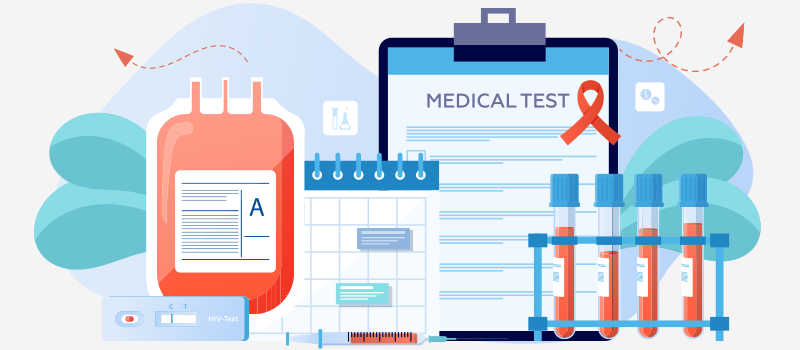


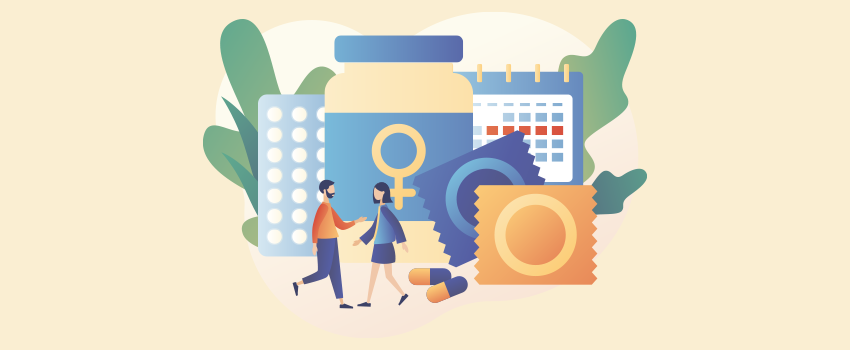


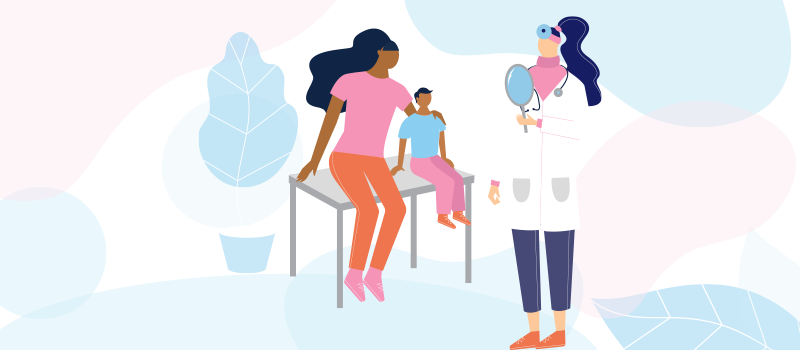

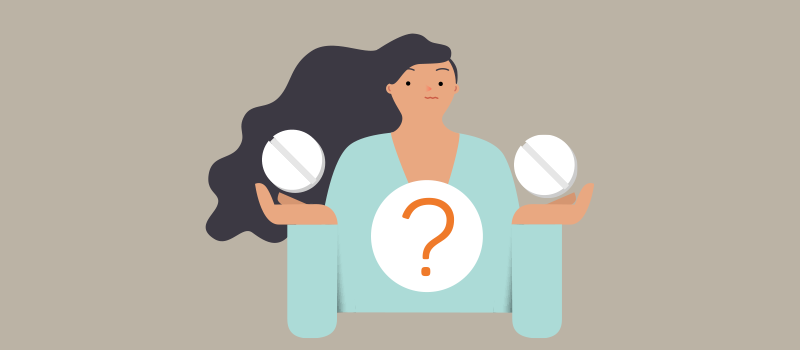


SOCIAL